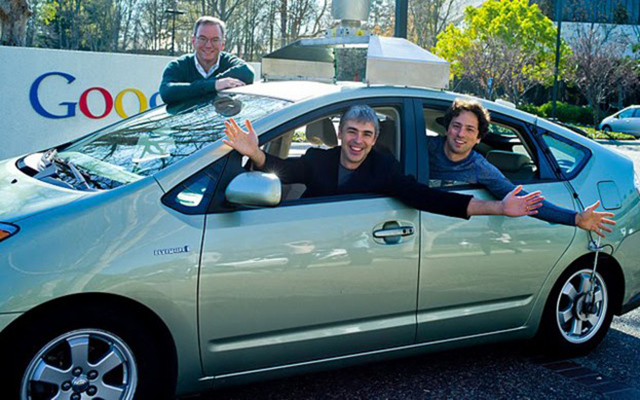Google is imagining a way to control your car using gestures, according to patent application
Google is imagining a way to control your car using gestures, according to patent application

Google has long led the push for autonomous vehicles,
but it seems the search company is also interested in how drivers and
passengers control their in-car entertainment systems. A new patent
application published today reveals a hypothetical system that could
track your movements while driving, allowing you to make adjustments to a
wide range of controls using gestures. The primary idea behind the
patent application is that it can be difficult to find and manipulate
physical nobs and dials while driving.
Rather than universal gestures —
like a swipe from left to right to change the radio station — the
patent application focuses on a system that is contextually aware. For
example, you might lower your hand next to the window to open it, and
one iteration of the system would be able to determine how far or fast
you made the gesture in order to open the window just the right amount.
It's not just air gestures, however; one of the claims suggests that you
could tap on various parts of the dashboard to change settings. For
instance, tapping on the air vents could lower or raise the air
conditioning, and covering up the vent with your palm could turn it off.
Lastly, gestures could be in relation to the driver's or passenger's
body, like bringing your hand up to your ear to raise the volume.

Since this is merely a patent
application, the claims themselves could change significantly if it gets
approved. And it's important to note that patent applications are very
far from a guarantee that any such product will hit the market. But for
now, the hypothetical system would use one or more cameras similar to
Microsoft's Kinect sensor that can monitor and record three-dimensional
space. Alternatively, the application mentions a 3D laser scanner. The
computer system would first record the interior of the car with no
passengers in it, and it would then be able to sense when the driver
performed gestures in certain areas. It's possible that drivers could
set up custom gestures as well.
As for practical applications
of this technology, the most obvious choice would be a Google-licensed
entertainment and control system that car manufacturers could use.
However, Google covers its bases by requesting the patent include both
traditional and driverless vehicles. Considering rumors that Google is designing its own self-driving car after failing to get other carmakers on board with its autonomous systems — and its recent purchase of a company specializing in gesture controls — it wouldn't be too crazy to imagine the search company's vehicle equipped with such a system.
